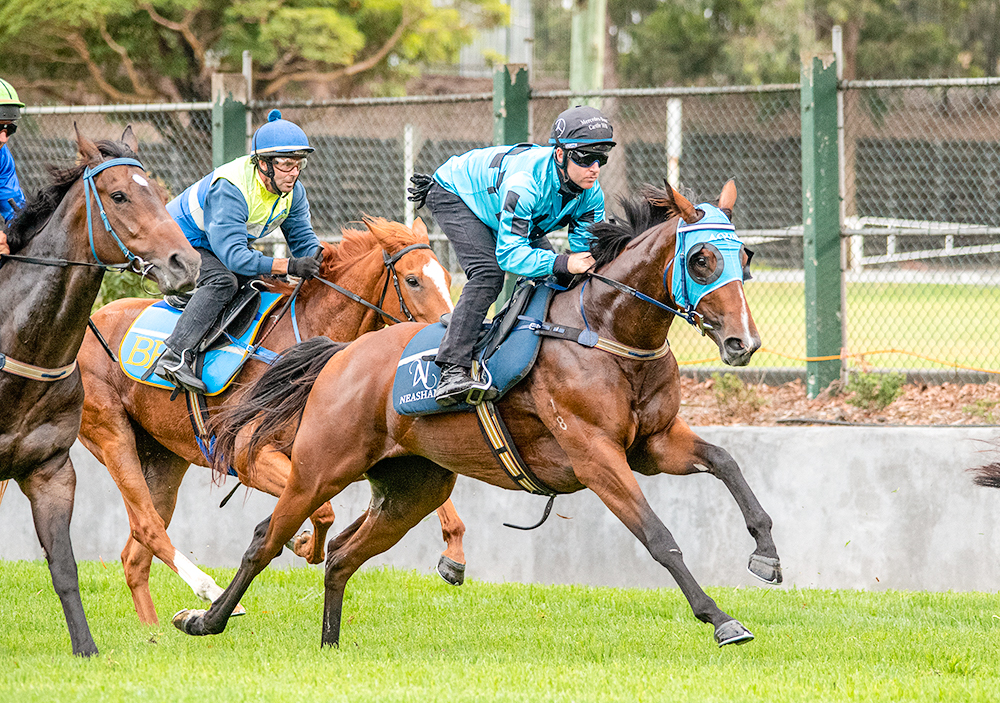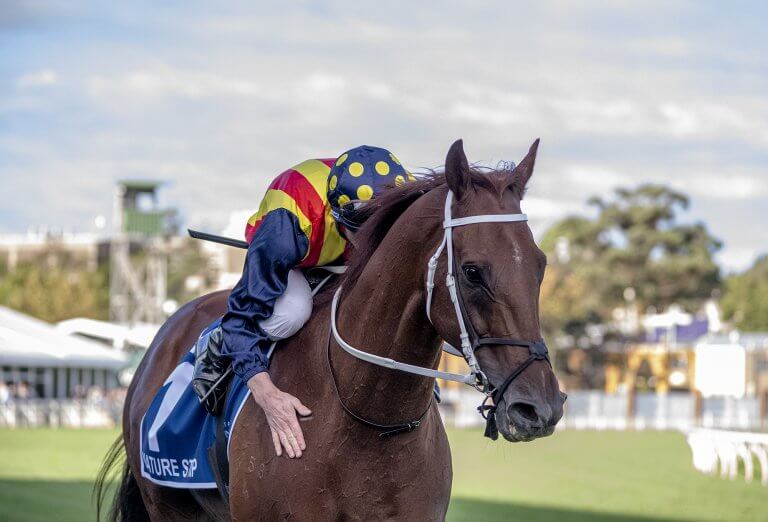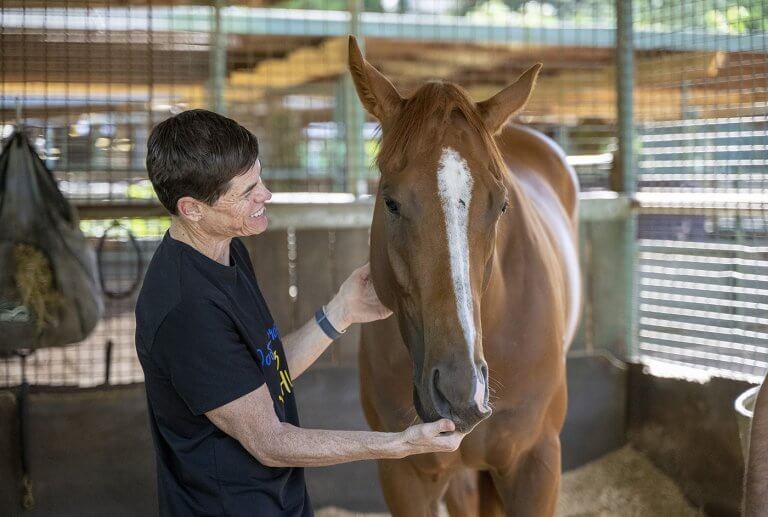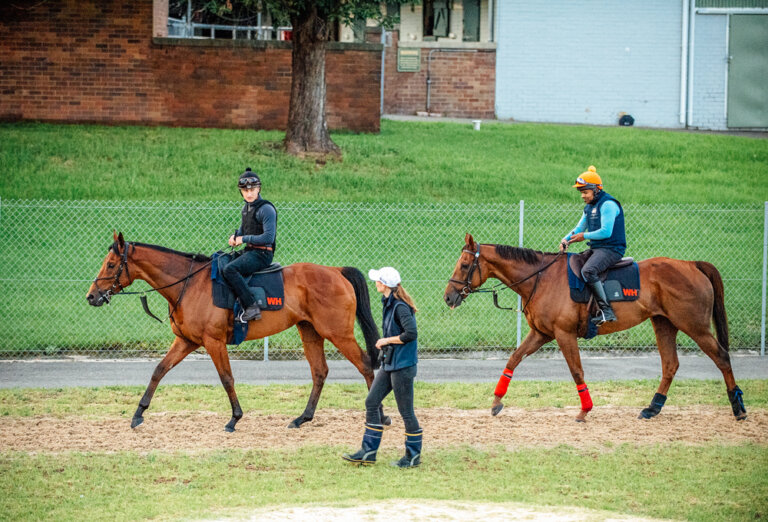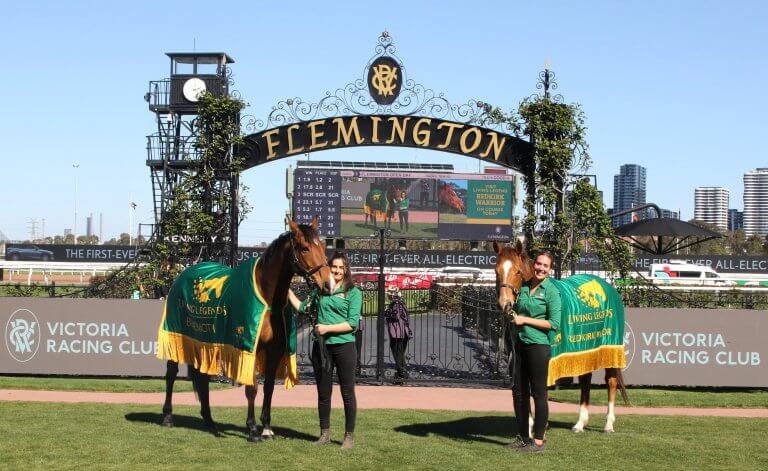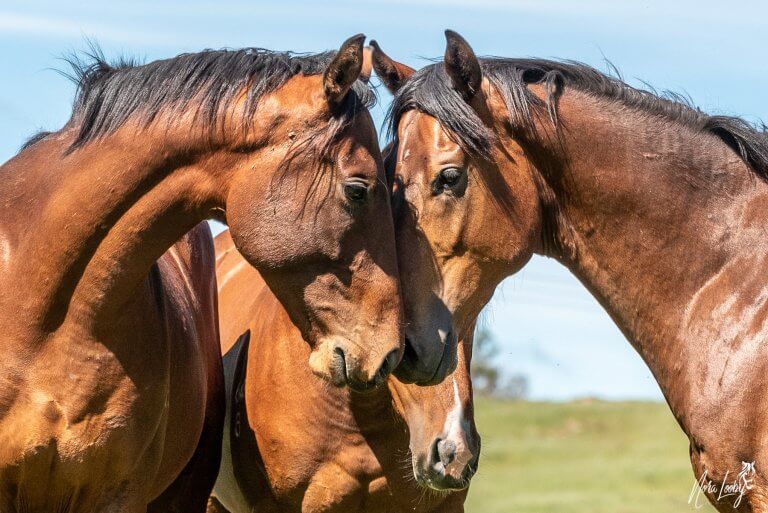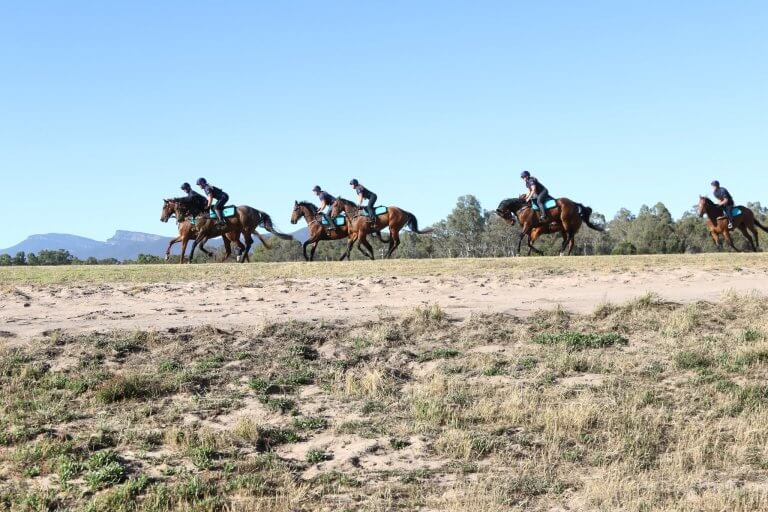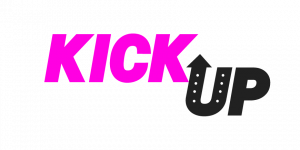To some people it might sound as though racing a 2-year-old horse is madness – surely they’re not old enough? And, if you compare their age to human years, it would be like racing a 6-year-old child!
However, that’s not the reality with a thoroughbred racehorse – let’s explain it.
Comparing humans and horses
Foals stand within one hour of birth and can gallop long distances within one week. Studies show that 98% of their growth is completed by two years of age. That’s because horses evolved as prey animals and need to reach maximum height and stride length as quickly as possible to enable escape from predators.
Humans, by contrast, get close to mature height between the ages of 16 and 18 – about 23% into their life expectancy.
Human growth | Horse growth | |
Infant phase | 0 – 3 years | 0 – 6 months |
Puberty phase | 12 – 18 years | 11 months – 2 years |
Table: Human growth vs. Horse growth
98% of thoroughbred growth is completed by two years of age.
So its not harmful?
No – evidence shows quite the opposite.
Data is definitive that horses which race at 2-years old have significantly longer careers than those who have their first starts later in life.
Veterinarians, including the internationally esteemed equine surgeon and lameness expert Larry Bramlage believes this is due to how horses adapt to training and racing.
Much like human athletes, horses can experience sore shins, sprains and muscle soreness, all of which are more likely when they are younger. However, through the process of training they quickly adapt and their bones become stronger.
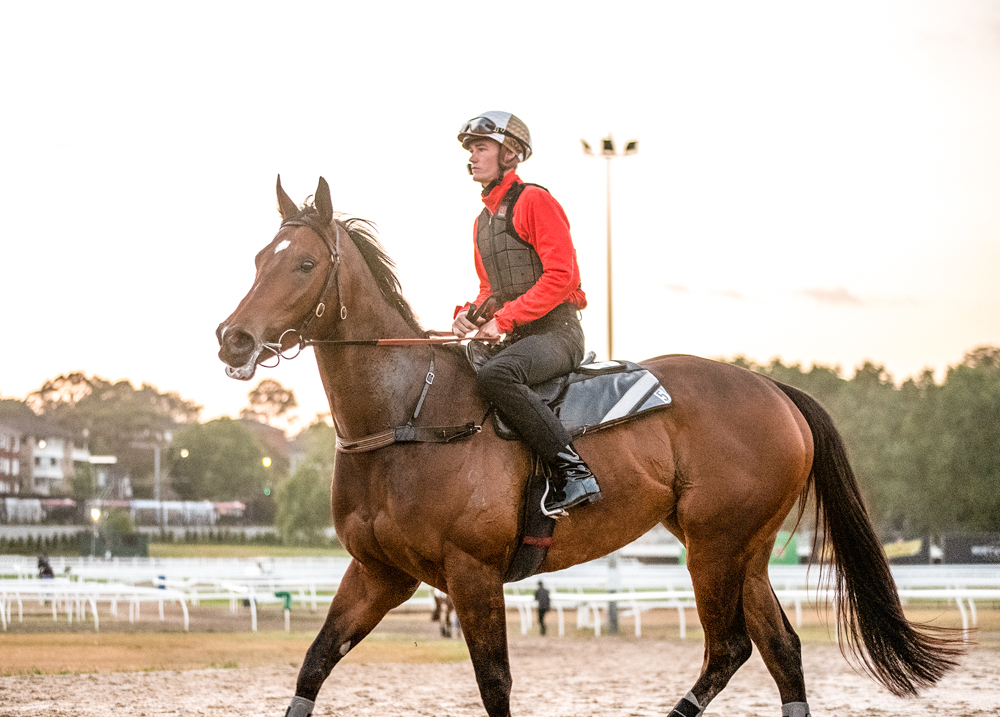
Human athletes don’t become prepared for sport by watching it on TV – they practice and train, with their bodies adapting along the way – and horses are just the same.
For a bone to become stronger and denser, it needs to undergo remodelling. Remodelling happens when the bone is placed under stress, and then repairs itself to become stronger – think about how your muscles may feel when introducing a new training regime; they remodel and adapt themselves.
“The bone changes in relation to the load that it has seen,” Bramlage said to The Paulick Report.
“The horse’s cannon bone is the prime example of where those processes are underway during training. Overloading and over-repair is ‘training’ in all species.”
So, what does all that mean?
Bramlage said it means that a horse turned out until its third birthday, without training it at two, will be at greater risk of skeletal injury down the road.
“It is absolute on all the data sets that the training and racing of 2-year-old thoroughbreds has no ill effect on the horses’ race-career longevity or quality. In fact, the data would indicate that the ability to make at least one start as a 2-year-old has a very strong positive effect on the longevity and success of a racehorse.”
But, horses are individuals. Not all horses will respond to training exactly the same way and asking a horse who is not ready to make a start at two is not good either.
In Australia there is top-class racing all year round, and this is one of the reasons that it’s the safest place in the world to be a racehorse
"The data would indicate that the ability to make at least one start as a 2-year-old has a very strong positive effect on the longevity and success of a racehorse."
Because of Australia’s year-round opportunities, there is no incentive to keep a horse in training for a specific big race or series of big races if the horse begins to get sore or struggle with their training. Instead, when it is required they are given a break – referred to as a ‘spell’, which allows their bodies to rest and repair.
As an example, take a look at the table below. As 2-year-olds begin racing in October each season, there are only a handful of stakes (premium) race options for them, and as more of them mature through the season, this number grows in response.
Month | No. 2YO stakes races |
October | 5 |
November | 3 |
December | 5 |
January | 6 |
February | 12 |
March | 15 |
April | 12 |
May | 7 |
June | 4 |
July | 2 |
